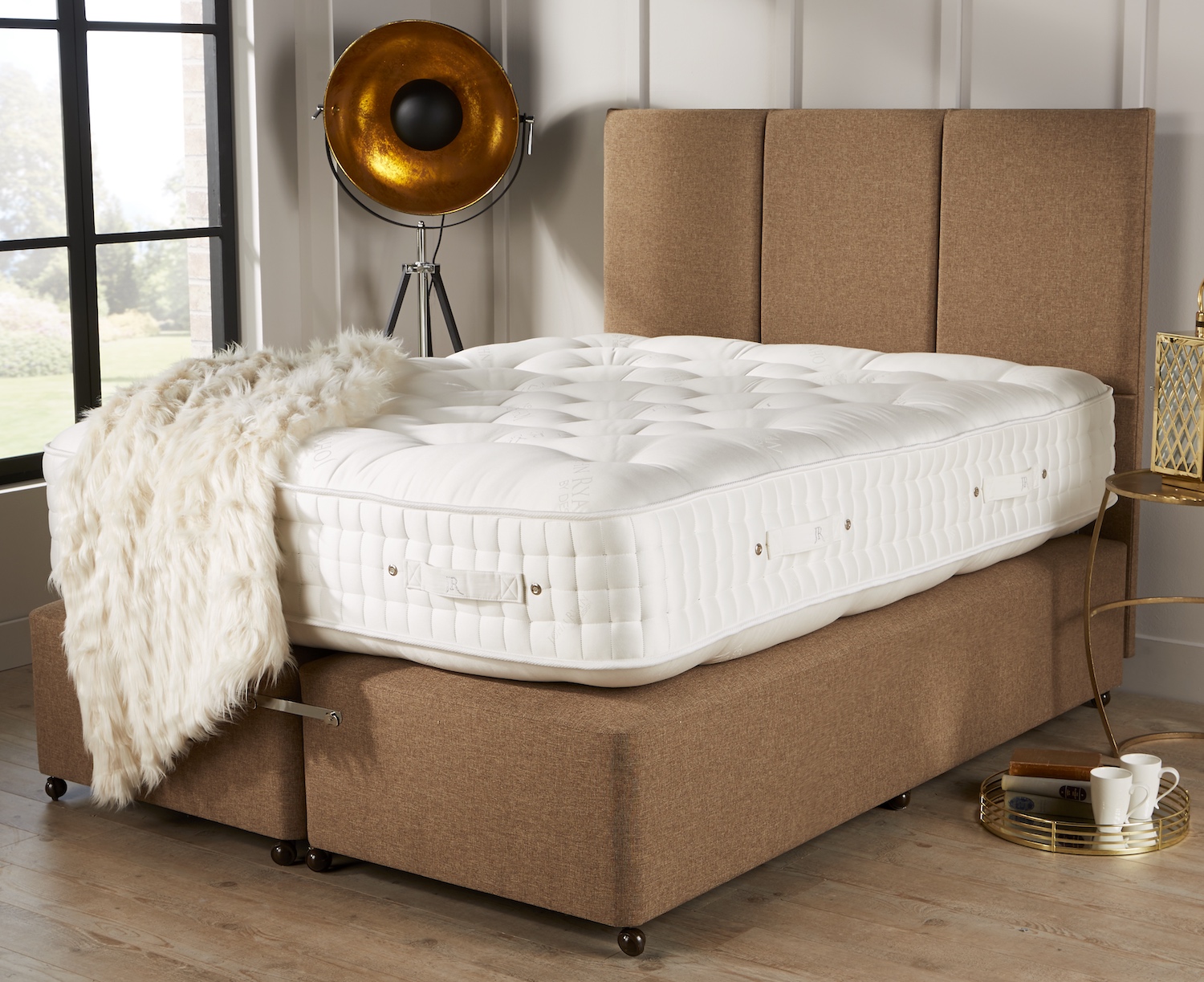Natural fibre mattress data sheets and elasticity
I’m interested in natural materials, such as cotton, flax, hemp, bamboo, silk, wool, mohair, cashmere , alpca, vicuna, horsehair, camel hair.
where can find natural materials’s data?
include tensile strength , elongation at break, elastic recovery, ,thermal conductivity & moisture absorption.
what’s the difference between shetland wool and other varieties of wool?
Hi Leo,
Thanks for your question. It’s certainly a good one!
This detail is not something we routinely request from our natural fibre suppliers here in the UK. We visit them a number of times a year to ensure we have the highest grades of fibres and look at more local UK stockists but we don’t drill down into the data sheet level that you are requesting I’m afraid. You would need to get in touch with specific natural fibre processors who manufacture, clean and process fibres for commercial use. To be honest, most people would not know what to do with such detailed data, so you’re the first which is refreshing!
What would happen then is they could produce data sheets on their current material stocks for you. They would need to send them off, get them tested, have a report written, all quite costly. Given the fact that a number of fibres are blended, ie not all from one type of sheep from one farm, you would need a batch test to get a true picture of the specifications you’re referring to. So you would need to have a batch that you were planning on using then tested for the above. That is unless you were using one fleece from a specific animal, time after time (almost impossible for a mattress) and then you would know the exacting figures. Maybe we could look into getting averages from our suppliers. However, the tests can be quite expensive and we’re not sure how much value it would provide the majority of our customers to provide the data and make sure it’s interpreted correctly!
We’ve written a detailed article here on natural plant fibres / wool and animal fibres and their properties which explain the differences between them in terms of which are higher wicking than others, the rebound qualities etc. This is probably an easier read to help understand the materials.
Shetland sheep are a much smaller breed compared to other UK sheep. They have to withstand significant temperature tolerances and so their fleeces tend to be finer than other sheep. Due to their smaller size, the fleeces are much more expensive as you need more sheep to sheer. They can also be slightly itchier as the fibres are smaller, though this can be subjective to how itchy you find wool! The transport and processing costs are higher due to the location of the animals as well. We always recommend you consider the use of the wool. ie Course wool will have a better rebound than finer wool. So for a jumper Shetland wool would be fantastic, but for a rebound layer in a mattress you would need more of it and it may be prone to settle quicker. Really though we maybe scratching at straws when talking about 100% natural wool as it’s a fantastic material all round. These differences are nuances really.
We use Swaledale wool in our Legacy mattress which is worth a look at to see the epitome of carefully crafted natural fibres.
We hope that helps. If you have any other questions please get back in touch.































 Mattresses
Mattresses  Take our mattress quiz
Take our mattress quiz  Contact
Contact  About us
About us 



